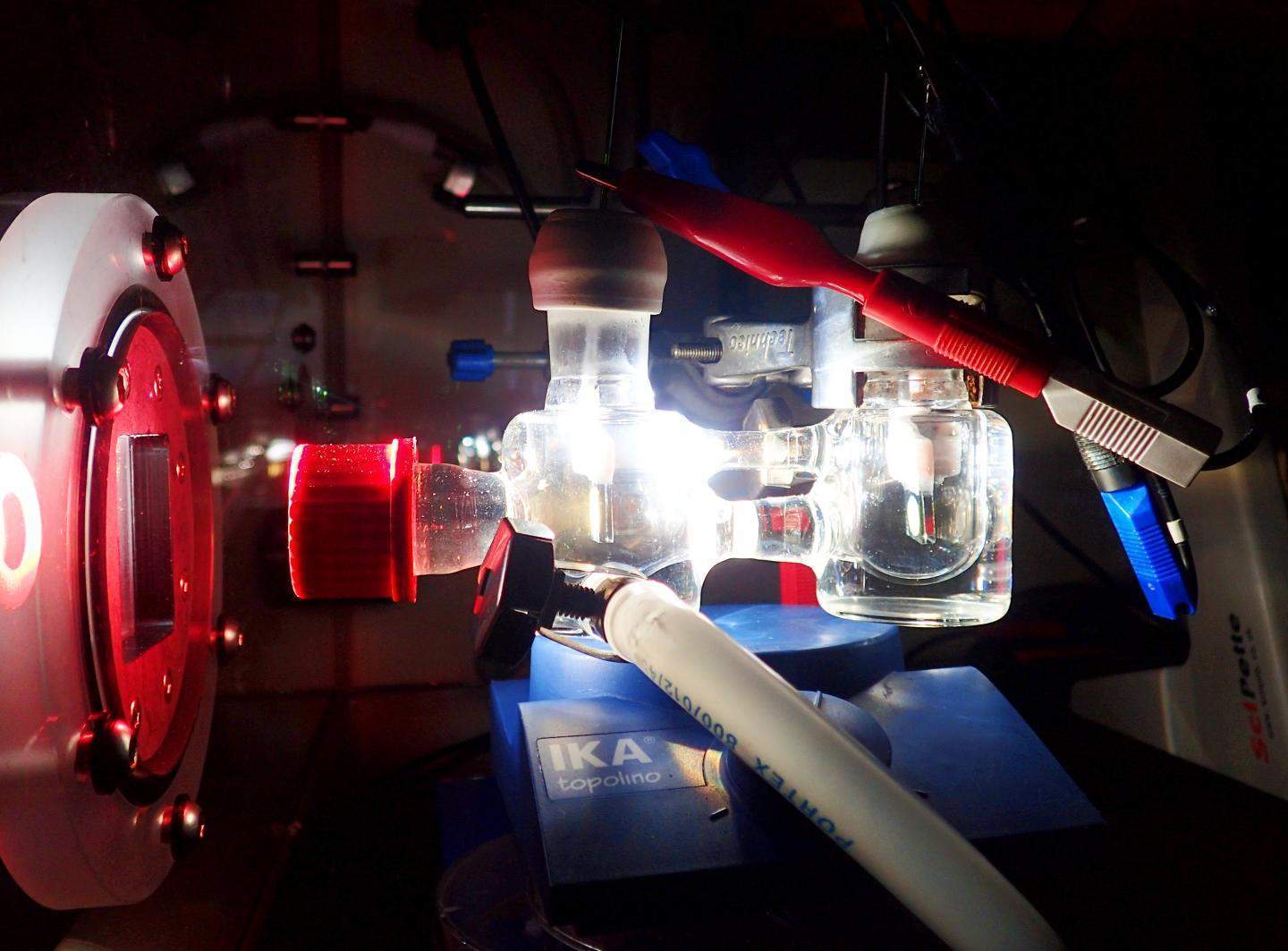
Researchers at St John’s College, University of Cambridge have developed a way of generating energy by harnessing the power of semi-artificial photosynthesis.
Photosynthesis is a process used by plants and other organisms to convert light energy into chemical energy. Oxygen is produced as by-product of photosynthesis when the water absorbed by plants is ‘split’. However, from a renewable energy perspective, it is the hydrogen that is produced when the water is split that is key, as it could potentially be used as an energy source.
As plants make the minimum amount of energy they need to survive, natural photosynthesis is not efficient, producing only around 1-2% of the potential energy that could be converted from sunlight and stored. However, artificial photosynthesis replicates the natural process of converting sunlight, water and carbon dioxide into carbohydrates and oxygen, but in a way that is far more efficient.
Harnessing semi-artificial photosynthesis
Artificial photosynthesis has been around for decades but it has not yet been successfully used to create renewable energy because it relies on the use of catalysts, which are often expensive and toxic. This means it can’t yet be used to scale up findings to an industrial level.
However, the new research aims to overcome this, by using enzymes in semi-artificial photosynthesis. Researchers used natural sunlight to convert water into hydrogen and oxygen using a mixture of biological components and manmade technologies. The result was a process that absorbed more solar light than natural photosynthesis.
First author and PhD student at St John’s College Katarzyna Sokó explains that the method involved reactivating a process in algae that has been dormant for millennia:
How well do you really know your competitors?
Access the most comprehensive Company Profiles on the market, powered by GlobalData. Save hours of research. Gain competitive edge.

Thank you!
Your download email will arrive shortly
Not ready to buy yet? Download a free sample
We are confident about the unique quality of our Company Profiles. However, we want you to make the most beneficial decision for your business, so we offer a free sample that you can download by submitting the below form
By GlobalData“Hydrogenase is an enzyme present in algae that is capable of reducing protons into hydrogen. During evolution this process has been deactivated because it wasn’t necessary for survival but we successfully managed to bypass the inactivity to achieve the reaction we wanted – splitting water into hydrogen and oxygen.”
Published in Nature Energy, the research is the first time hydrogenase and photosystem II have been successfully used to create semi-artificial photosynthesis driven purely by solar power. It is thought the technique could be used to develop a system for solar energy conversion.
Sokó added:
“It’s exciting that we can selectively choose the processes we want, and achieve the reaction we want which is inaccessible in nature. This could be a great platform for developing solar technologies. The approach could be used to couple other reactions together to see what can be done, learn from these reactions and then build synthetic, more robust pieces of solar energy technology.”







